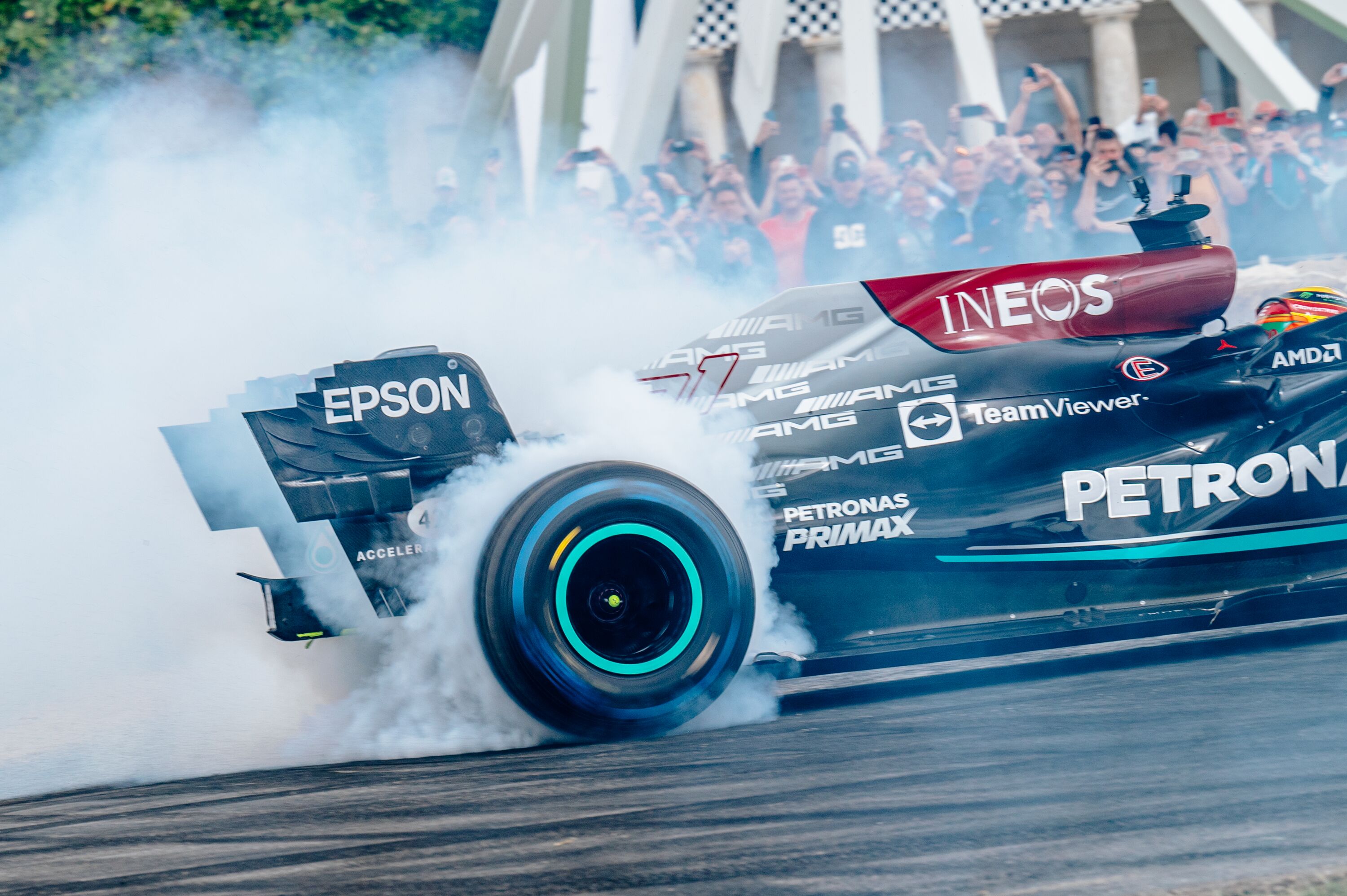Driving the hybrid Porsche 911 | Thank Frankel it's Friday
 Andrew Frankel
Andrew Frankel
We have known since March that the second generation of the 992 series of Porsche 911 will feature a hybrid powertrain. Further details are not yet available but I understand that full disclosure is not far away. When those stories are published, many will be keen to point out that this is the first time in the long and illustrious history of the 911 that the output of its flat-six motor has been boosted by electrical power. And they will all be wrong.

Back in 2010 and 2011, Porsche built two 911 hybrids based on the GT3R race car. And one of them was entered into the Nurburgring 24 Hours as an ultimate durability test and damn near won the thing outright. Indeed it took the lead at the start and held it for the next 22 hours before finally succumbing to mechanical malady.
And on one other happy day, at a race track far away from the ‘Ring, it did a few more laps with a perhaps slightly less of a superstar at its wheel – me.
I remember it as if it were last week, not least because of the carbon fibre box on the floor on the passenger’s side of the car and the deafening scream emanating therefrom. For this was no normal hybrid.
Back in the day, when it came to hybrid racing cars there were three distinct schools of thought about how to store the energy harvested during braking: you could put it in a battery, use supercapacitors or a flywheel and it wasn’t at all clear which would win out, all three going on to race at Le Mans in later years. For Porsche back in 2011, it was a Williams-developed flywheel, rotating at 40,000rpm in the box next to me, hence its necessarily robust carbon-fibre construction: that getting loose and flying around the cockpit could seriously spoil your day.

Even back then the system was so efficient that in one decent braking zone – like that at the end of Estoril’s pit straight, it would scavenge enough energy to provide an additional 200bhp burst of power for seven seconds.
The brilliant bit was it all went into the front, not the rear wheels, simultaneously therefore providing the traction to cope with the extra electrical urgency, turning a 460bhp rear-drive car into a 660bhp all-wheel driver. And the utter genius was that the car weighed around 1300kg, the same weight its racing rivals ballasted their cars to in order to enjoy a bigger engine restrictor. So it wasn’t even being penalised by its additional mass.
The effect was extraordinary. I first drove the car with the system unarmed and predictably enough I thought it fast and fun. It was busy, sliding around through Estoril’s tighter turns, but never intimidating. Then I came in, they flicked a switch and, holey moley, the difference was incredible. It wasn’t just the power, it was what could be done with it. The car allowed you to use the power stored in the flywheel either at your discretion or automatically using sensors on the steering and throttle.
At a point in the fast final curve where you’d be juggling the throttle somewhat with the hybrid disengaged, now you’d be foot to the floor despite the additional 200bhp under your right hoof. And it just dumped it on the circuit. Better, there was no sense of the additional energy suddenly cutting it: its deployment was so well integrated it was just like the engine had gained an extra litre of displacement.

Sadly the car was a dead end as there was no race series for which it was eligible and soon even flywheel hybrids became obsolete as lighter, more efficient and energy-dense batteries became available.
The other problem was the system was very dependent on being raced on circuits with frequent big braking zones because, without the ability to generate the energy, the flywheel was essentially dead weight. It could have been incredibly effective, therefore, somewhere like Le Mans, but on a high-speed oval, it would have been worse than useless.
Even so, it provided a fascinating insight into just what hybrid technology could achieve, and it wasn’t an entirely wasted project. When Porsche returned to Le Mans in 2014 with the 919 – which would go on to win a hat-trick in the event – the car may not have had a flywheel, but many of the lessons learned incorporating the electronics and software into the GT3R were carried over to the 919. Lessons I am sure that will continue to have value even on the new street-legal hybrid 911, whenever it may be announced.
Porsche
911
Thank Frankel it's Friday

Andrew Frankel
A fond look back at the Porsche 930 Turbo – Thank Frankel it’s Friday, Monday special

News
It's time to reconsider the 996 | Thank Frankel it's Friday

Andrew Frankel
Thank Frankel it's Friday: racing a Porsche 904 at Le Mans was one of my greatest experiences




























































